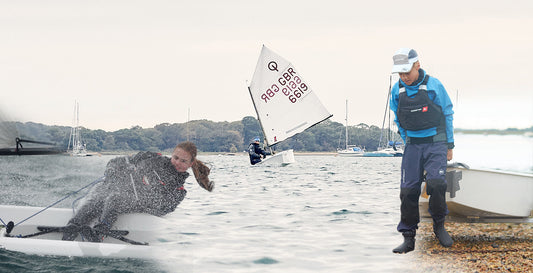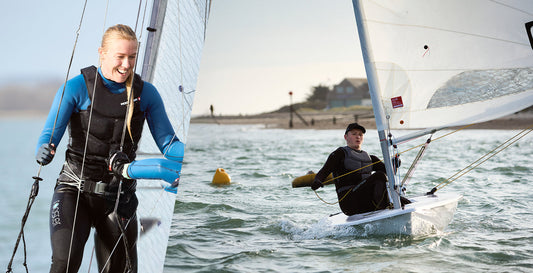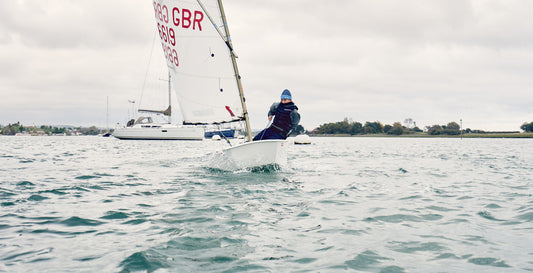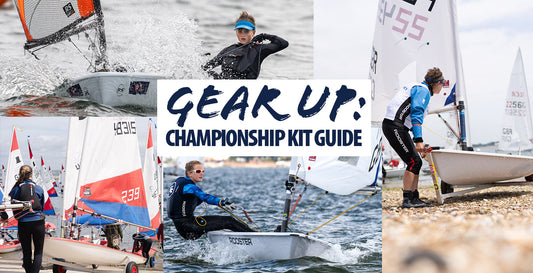
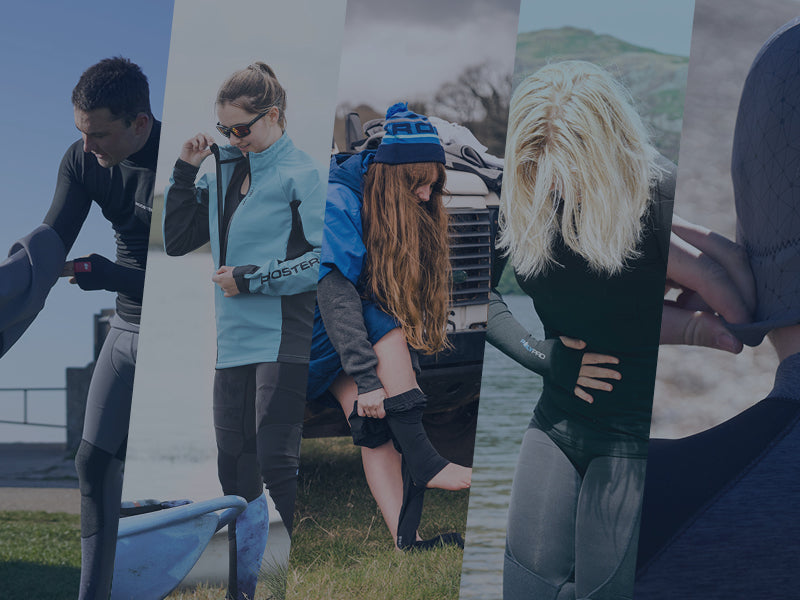
La Guía Definitiva para Vestirse por Capas
Tanto si sales a entrenar un rato como si pasas todo el día navegando, elegir bien las capas de ropa es clave para disfrutar al máximo en el agua.
Descubre aquí nuestros consejos y encuentra la combinación ideal para cada situación.
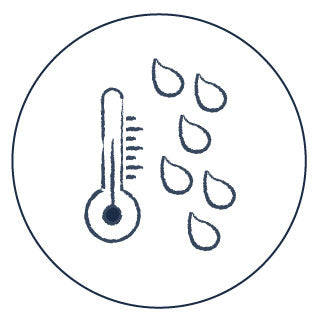
¿POR QUÉ ES TAN IMPORTANTE VESTIRSE POR CAPAS?
Porque te ayuda a regular la temperatura corporal para que puedas estar más tiempo en el agua sin pasar frío.

LOS GRANDES RETOS AL VESTIRSE POR CAPAS
El viento, la humedad y el sudor juegan un papel clave.

CAPAS SEGÚN LA ACTIVIDAD
Es fundamental elegir las prendas adecuadas para la actividad que vas a hacer ese día.
Lo básico para vestirse por capas: El sistema de 3 capas.
PRIMERA CAPA
CONTROL DE LA HUMEDAD
Empieza siempre con una primera capa adecuada para la practica de deportes acuáticos: es la que se lleva junto a la piel y está diseñada para alejar la humedad.
- Tejidos transpirables que evacúan el sudor (ej. PolyPro™, tejidos sintéticos)
- Consejo clave: evita el algodón (retiene la humedad y te enfría)
CAPA INTERMEDIA
AISLAMIENTO CONTRA EL FRÍO
El siguiente paso es la capa intermedia, que aporta el aislamiento necesario para mantenerte cálido y cómodo.
- Capas de neopreno aislante (según la temporada)
- O una capa de forro polar para navegación en seco
- Opciones adaptadas al nivel de intensidad (ej. lightweight para SUP, capas más gruesas para vela en clima frío)
CAPA EXTERIOR
PROTECCIÓN FRENTE A LOS ELMENTOS
Completa el sistema de 3 capas con una capa exterior impermeable y cortavientos.
Es la que te ofrece la máxima protección frente al viento, el rocío y las condiciones externas.
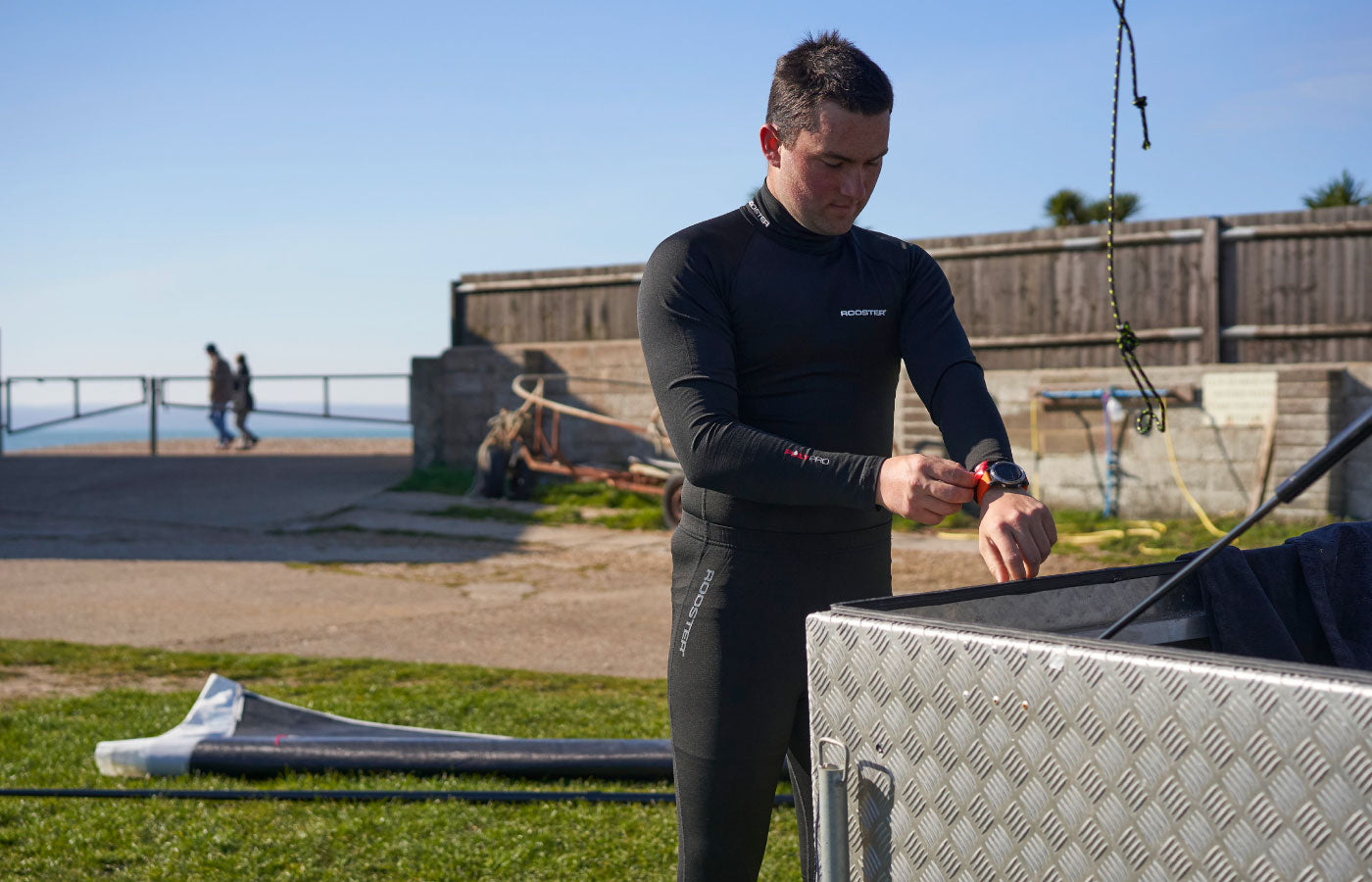
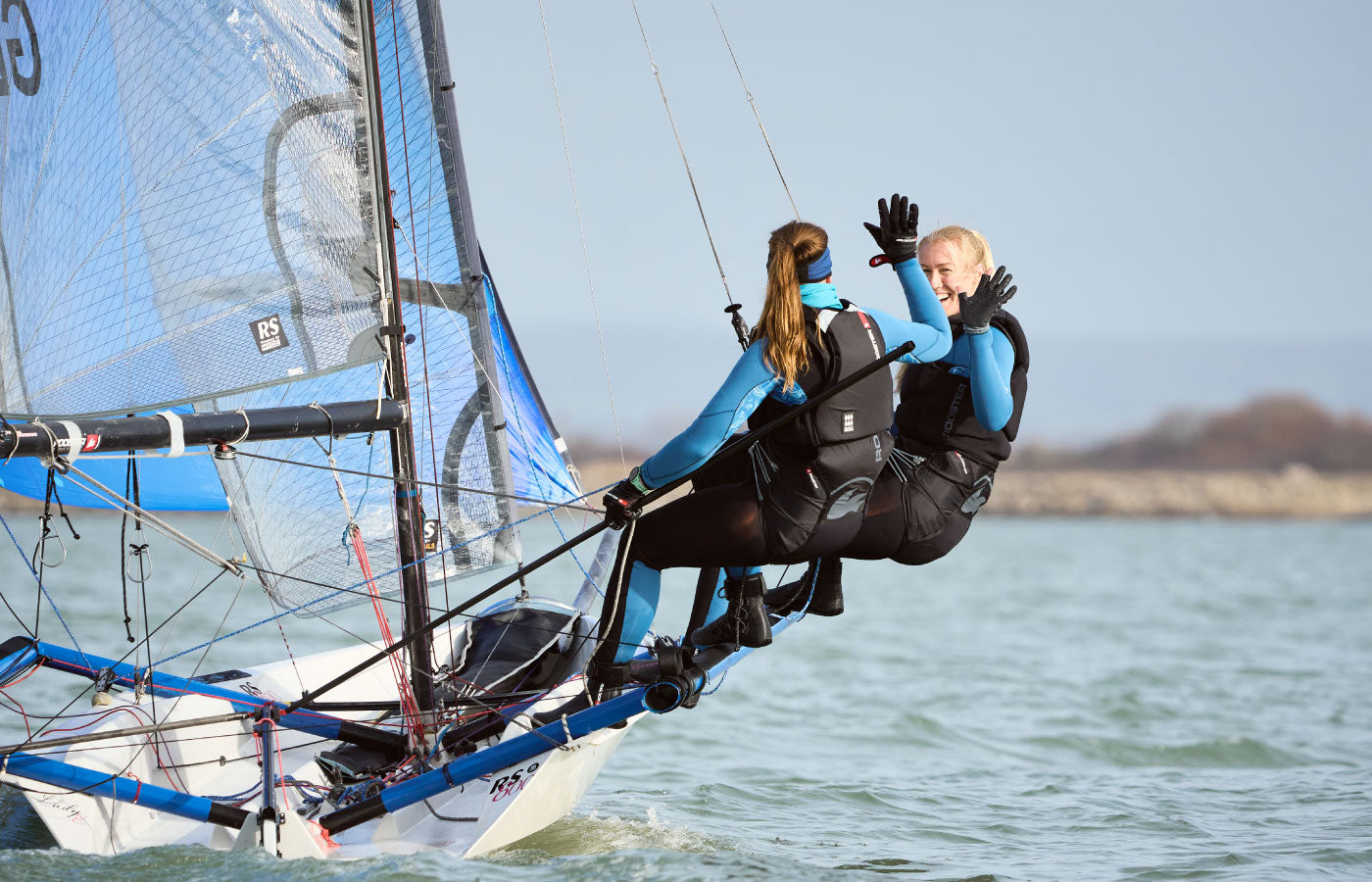
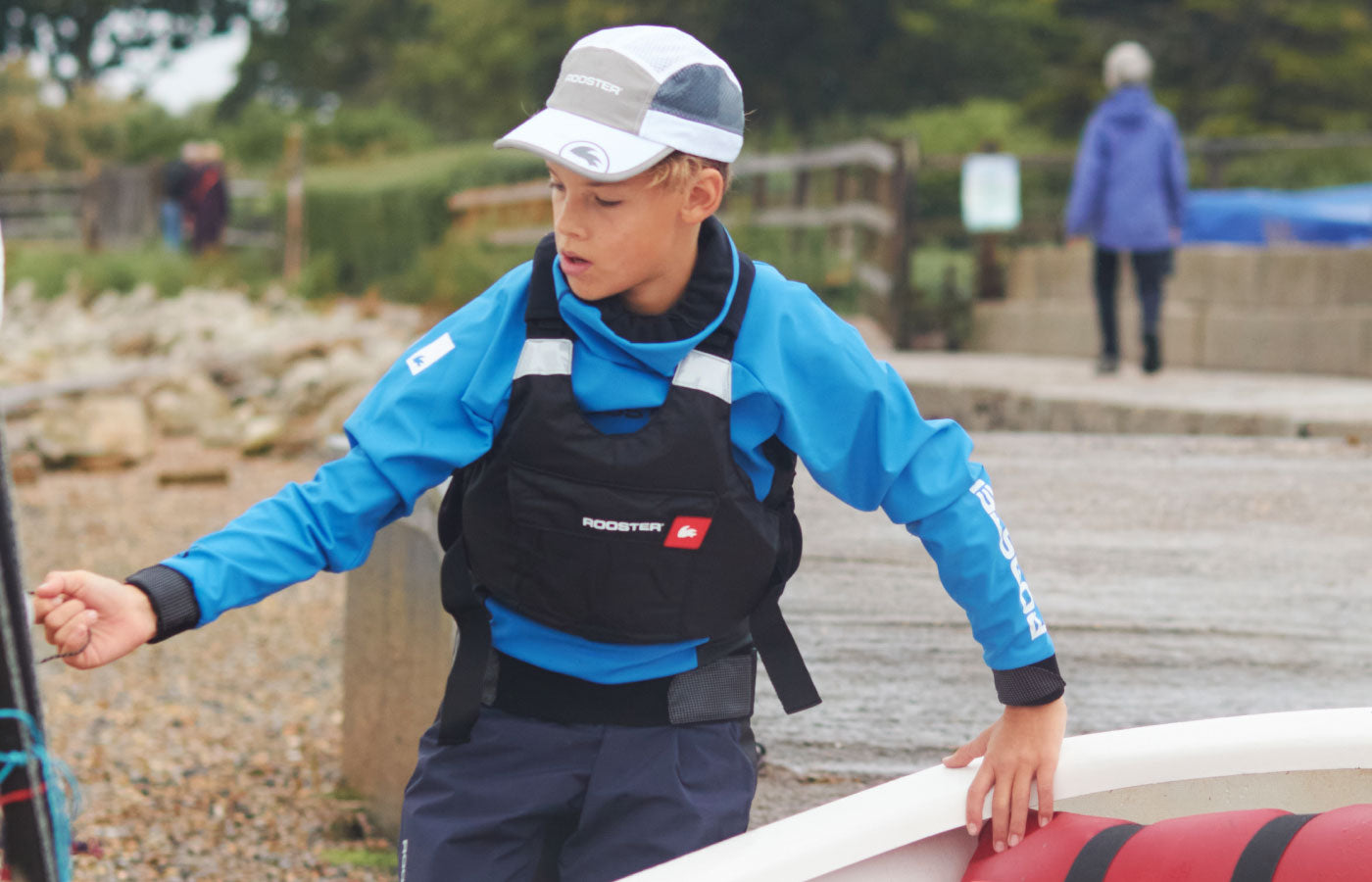
¿Qué ropa usar según el clima?


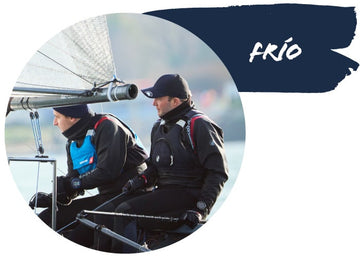
CLIMA FRÍO
(Por debajo de 10°C / 50°F)
Vela ligera:
- Primera capa – PolyPro™ o Hot Stuff
- Neopreno – Supertherm 4 mm
- Capa exterior impermeable y cortaviento – Pro Aquafleece®
- Guantes de neopreno, gorro y calcetines Supertherm
Crucero:
- Capa base térmica – PolyPro™
- Capa intermedia de forro polar o softshell
- SB1 Inshore, Pantalones de peto Coastal Hi-Fits
- Guantes Aquapro, gorro y calcetines impermeables
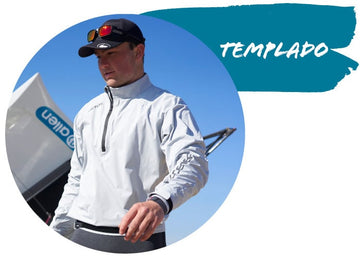
CLIMA TEMPLADO
(10-18°C / 50-65°F)
Vela ligera:
- Primera Capa – PolyPro™ o camiseta de lycra (según la temperatura)
- Neopreno – Thermaflex 1.5 mm
- Capa exterior impermeable y cortaviento – Lightweight Spray Top, Pro Lite Aquafleece®, Active Aquafleece® o Classic Aquafleece®
Crucero:
- Capa base ligera – PolyPro™ o camiseta técnica UVF de secado rápido
- Capa intermedia de forro polar o softshell
- Chaqueta impermeable o cortavientos – SB1 Inshore, Active Aquafleece® o Pro Lite Aquafleece®
- Leggings de secado rápido o technical shorts
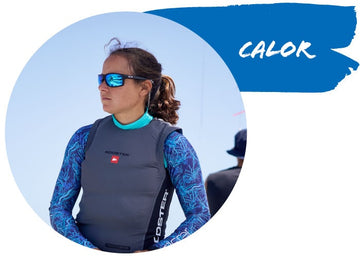
CLIMA CÁLIDO
(+18°C / 65°F)
Vela ligera o crucero:
- Camiseta de lycra con protección UV o camiseta técnica UVF de secado rápido
- Technical Shorts o leggings ligeros – Pro Rash
- Capa exterior mínima (top cortavientos Lightweight solo si hace falta)
- Gorro, gafas de sol y protector solar de alto SPF


PREGUNTAS FRECUENTES

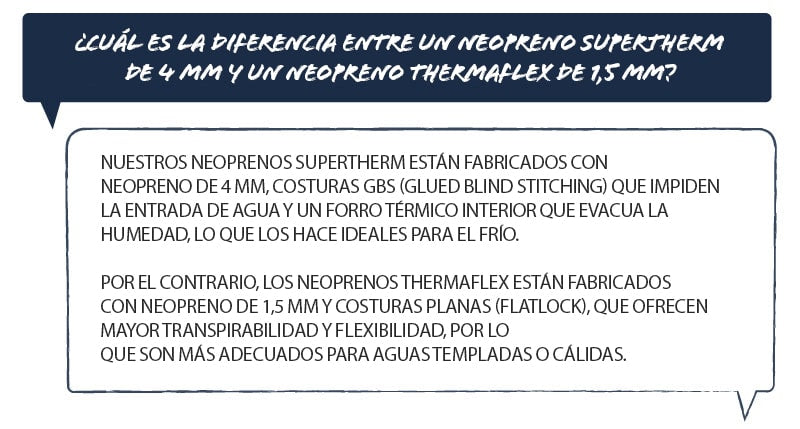



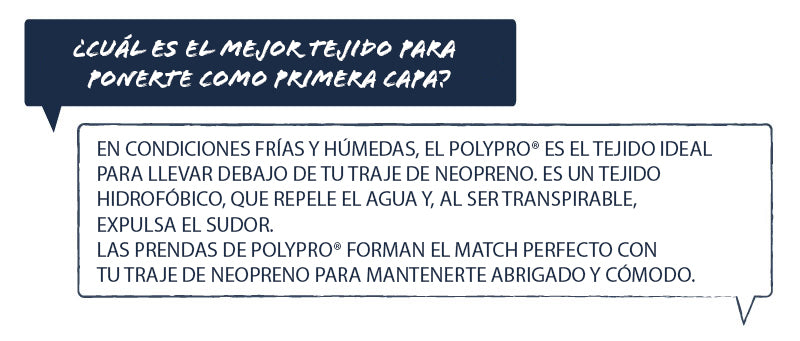
Top Blogs sobre Guías de Equipamiento
Ropa de Invierno Infantil: Como mantener calientes a los jovenes navegantes durante toda la temporada
¿Por qué deberías pasarte a un neopreno de 4mm para navegar en invierno?
Cómo abrigarte cuando entrenas en invierno
Gear Up: Your Essential Kit Guide for Summer Sailing Champs
SB1 Inshore Smock: Neck Seal Adjustment Guide
Diseñados por mujeres, para mujeres: la historia detrás de nuestros Women’s Technical Shorts
Class by Class: What our Sailors Really Wear




 Select Store
Select Store
 US
US
 UK
UK




